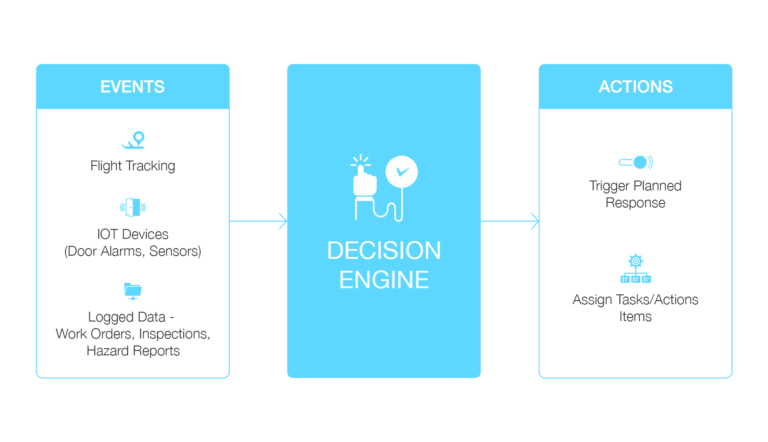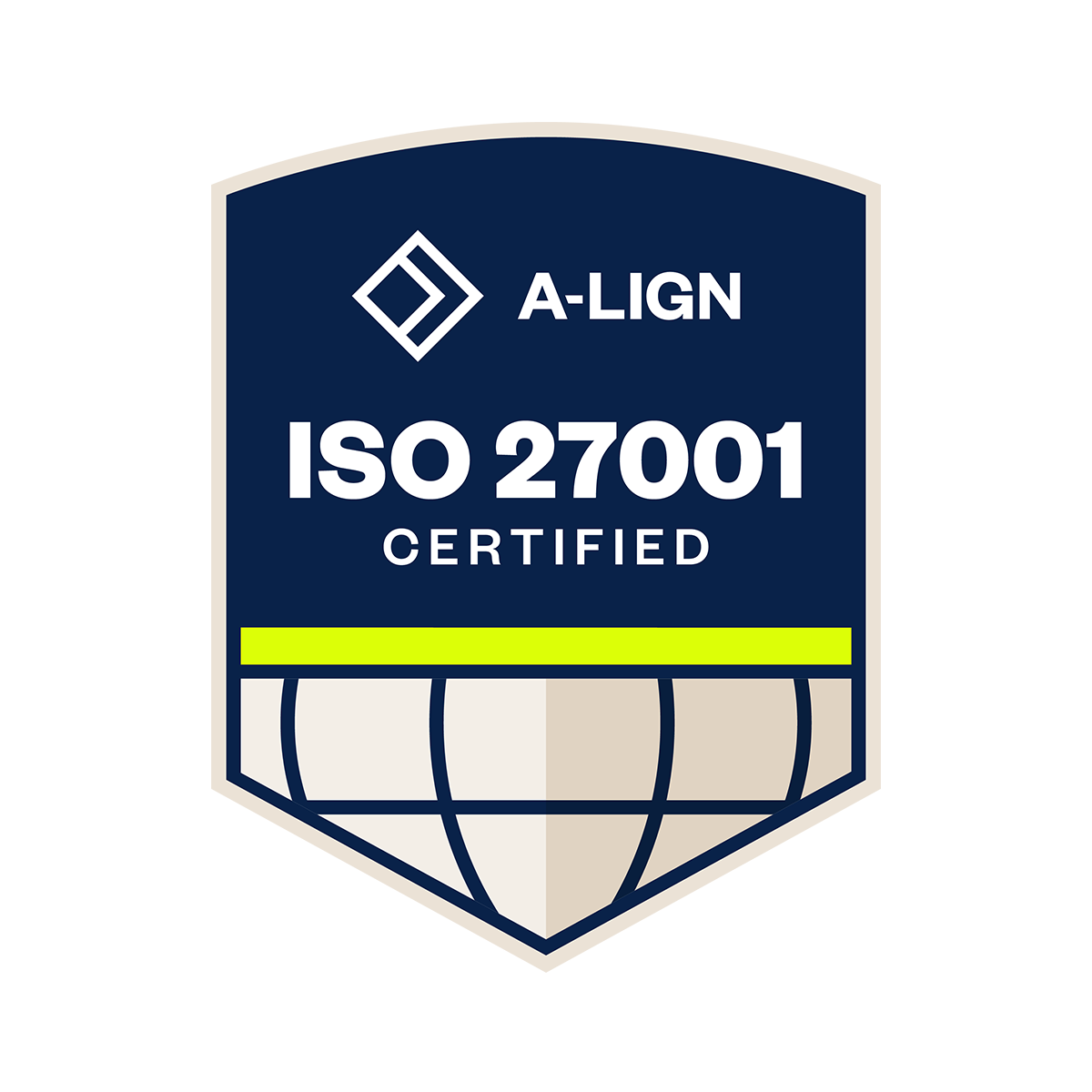When I first read the FAA’s Advisory Circular on Safety Management Systems (SMS), I couldn’t help but see the similarities between the FAA’s plans for SMS and the concept of BCP (Business Continuity Planning).
The best way to solve a problem is to keep it from happening in the first place, but this isn’t always realistic – crises and incidents happen. This is why many organizations practice BCP; by assessing potential risks, an organization can develop mitigation strategies to minimize the impact when a risk becomes a reality.
Here’s an example of BCP: You store your documents in the basement. Your basement also has a water tank, which you identify as a possible hazard to your documents. To mitigate this risk, you relocate the documents or digitize the documents and store them on a remote server. The SMS follows the same process: risk identification, assessment, and mitigation.
BCP is an established practice, and while today’s SMS has solid foundations, it is still developing. But tomorrow’s SMS is shaping up now, and it’s exciting to see. Just like BCP managers did, SMS practitioners are adapting technology for their needs.
Today’s safety management system
The safety management system is built on hazard reporting and risk assessment. This foundation does two things. First, it gives all airport stakeholders a way to report hazards. Second, it ensures every hazard is goes through the risk assessment and mitigation process.
Ultimately, this approach delivers a systematic and standardized process for change management. And when this is applied across an airport, it means all critical decisions are made with potential risks in mind.
This approach still relies heavily on observed hazards, however. Stakeholders need to know what to look for and act proactively. Even with multiple information sources feeding dashboards, people are a critical part of the risk assessment and mitigation process.
Can technology take on some of these responsibilities? And if it did, what pieces would it be able to handle?
Tomorrow’s safety management system
Machine learning and artificial intelligence will be able to bring automation to the safety management system. Using this future technology to kick-start response plans based on risks it learns through observation will be the one of the first steps.
For example, let’s look at the long tarmac delay ruling the U.S. Department of Transportation enacted a few years ago. Given technology’s foreseeable path, the following scenario will be possible in the near future:
A plane is on the tarmac waiting for an open gate. Since an arriving/departing plane can’t stay on the tarmac for more than three hours per the regulation, airports develop plans to beat this window and avoid the fall-out. If AI can learn this pattern, it can set off an action plan after it receives a Long Tarmac Delay signal (LTD) at the two hour mark. When this happens, the appropriate departments can use that plan to move the plane to a gate for deplaning and prevent the associated fines.
If the tarmac delay exceeds 30 minutes, passengers will be notified of the delay. Once the airline determines if passengers are allowed to safely get off the plane, the pilot or flight attendant will make an announcement to inform passengers through the speaker system. After the 30 minute time frame, the airline also can provide any other updates as needed.
Technology will play a much more assistive role too, especially when stakeholders have to make large, complex, and or long-term decisions.
Decision engines and change management
Technology can be shaped to do a lot of proactive SMS work while also supporting stellar risk assessment. Professionals and stakeholders need to consider every side of a risk before moving forward with any kind of action; this is another area where technology will lend a big helping hand.

This is especially true when deviating from the standard mode of operation for airports, a process called change management. Not only does the change impose new risks, but the operational adjustment itself is a risk. When an airport takes this step, they need to factor in everything to guarantee everything keeps going without trouble.
Interactive decision engines will give decision makers the entire picture during these critical moments. When the rails suddenly shift, other factors must always be considered. Today, a lot of this information is in someone’s head or stuck in static forms. Technology can revolutionize change management by adding fluidity to the information that’s desperate for it by understanding the dependencies between operations, personnel, and other pieces.
Here’s another instance of the future role of technology in the safety management system:
An airport kicks off a new construction project. Planes are parked in a temporary lot while the work is being done. This move requires different team members’ involvement and generates new operational processes.
As everything progresses, the interactive decision engine reminds stakeholders of what they need to consider—like roping in personnel—due to the new operational procedures. The decision engine will launch any associated plans or actions items too.
This example, and the long tarmac delay example, show just how complex technology’s future in the safety management system is. Not only can it play quasi-administrative roles by recognizing risks and launching plans, but auxiliary roles by aiding decision makers during change management as well.
Preparing for the future SMS
The future safety management system will be scripted to run decision engines and handle change management. What does this mean for your airport?
When you’re eyeing SMS software, you need to know it can grow to take on the responsibilities of tomorrow’s SMS.
Any SMS software needs to be flexible. No two airports are alike, so make sure the software fits your airport’s needs. Don’t lock your airport in with a rigid product that only serves today’s requirements. Your selection must comply with the final SMS ruling and whatever other amendments and additional regulations that will inevitably be added.
An open system capable of integration is a key item here too. Don’t allow your databases to sit in silos; allow them to talk to one another. Communication between systems facilitates better decision making. Better yet, use a fully integrated, all-inclusive software platform that bridges the your airport’s different tools.
Lastly, don’t forget about the human side of the SMS. The SMS will still involve stakeholders, even with all of these advancements. Make sure everyone involved can communicate no matter what tools or methods they’re using. New communication channels crop up often. Work with these and introduce them to your SMS.
The safety management system is now making its way into more airports every day. The FAA’s final ruling is on the horizon, so start preparing your airport for the future SMS now. Learn about available tools, how you can optimize them, and mitigate risks with those tools.








